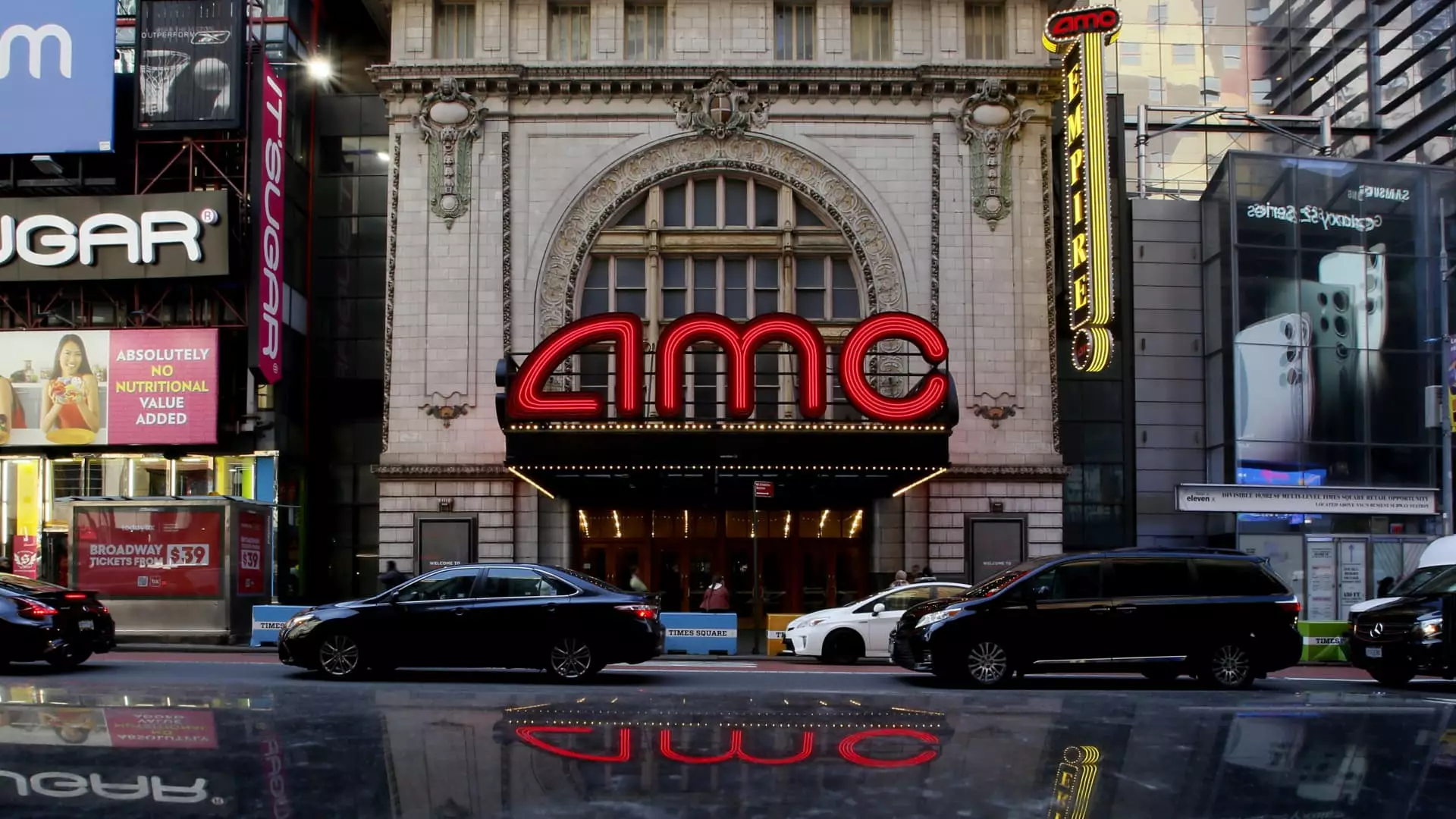In the midst of the second meme craze, AMC Entertainment has seen a surge in its stock price, following the return of “Roaring Kitty,” also known as Keith Gill, who inspired the massive short squeeze of 2021. This surge has led AMC shares to more than double since Friday’s close, rising above $6 in afternoon trading on Tuesday. The impact of retail investors rallying around AMC has given the movie theater chain a chance to address its substantial debt load.
CEO Adam Aron’s strategic acquisitions of theater chains, including Carmike, Odeon, and Nordic, have significantly increased the size of AMC’s theater network. However, these acquisitions have also leveraged the company’s balance sheet, leaving it vulnerable to financial challenges. The onset of the pandemic further exacerbated AMC’s financial woes, leading to the accumulation of more debt to survive and maintain liquidity.
As of the beginning of 2022, AMC has managed to pay down nearly $1 billion of its debt, but a substantial amount of about $4.6 billion still remains. With debts amounting to $20 million due in 2024 and $118 million due in 2025, the company faces financial hurdles in the coming years. The looming $2.96 billion set for collection in 2026 requires immediate attention and strategic planning to ensure AMC’s long-term financial stability.
Wedbush analyst Alicia Reese suggests that renegotiating a portion of the debt is possible, but extending maturities may be necessary for the bulk of the outstanding amount. Lenders have shown willingness to renegotiate terms, and an increase in share price could enable AMC to secure better deals. Currently, the company is paying about $100 million in interest expenses every quarter, limiting its potential for profitability.
To address its financial challenges and bolster its balance sheet, AMC recently raised $250 million of new equity capital through a sale that concluded on Monday. This equity sale, which included 72.5 million shares in an at-the-market offering, took place before the recent surge in stock price. Analyst James Goss of Barrington Research sees this surge as an opportunity for AMC to raise additional equity funds to support liquidity and debt reduction, positioning the company for potential institutional support in the future.
Movie theaters, including AMC, have been grappling with operational challenges due to pandemic-related shutdowns and production disruptions. These challenges have hindered AMC’s ability to cover fixed expenses such as rent, employee payroll, and operational costs. Senior analyst Eric Wold of B. Riley Securities emphasizes the importance of leveraging current market conditions to strengthen AMC’s balance sheet and ensure long-term sustainability.
The resurgence of the meme stock craze presents AMC with a unique opportunity to address its financial hurdles and reduce its debt burden. By capitalizing on the increased investor interest and potential institutional support, AMC can navigate its current financial challenges and position itself for future growth and profitability. However, strategic financial management and operational efficiency will be crucial for AMC to overcome its debt obstacles and thrive in the evolving entertainment landscape.

